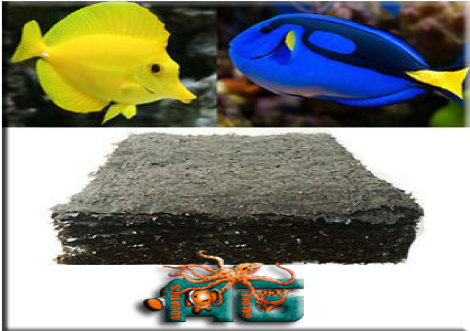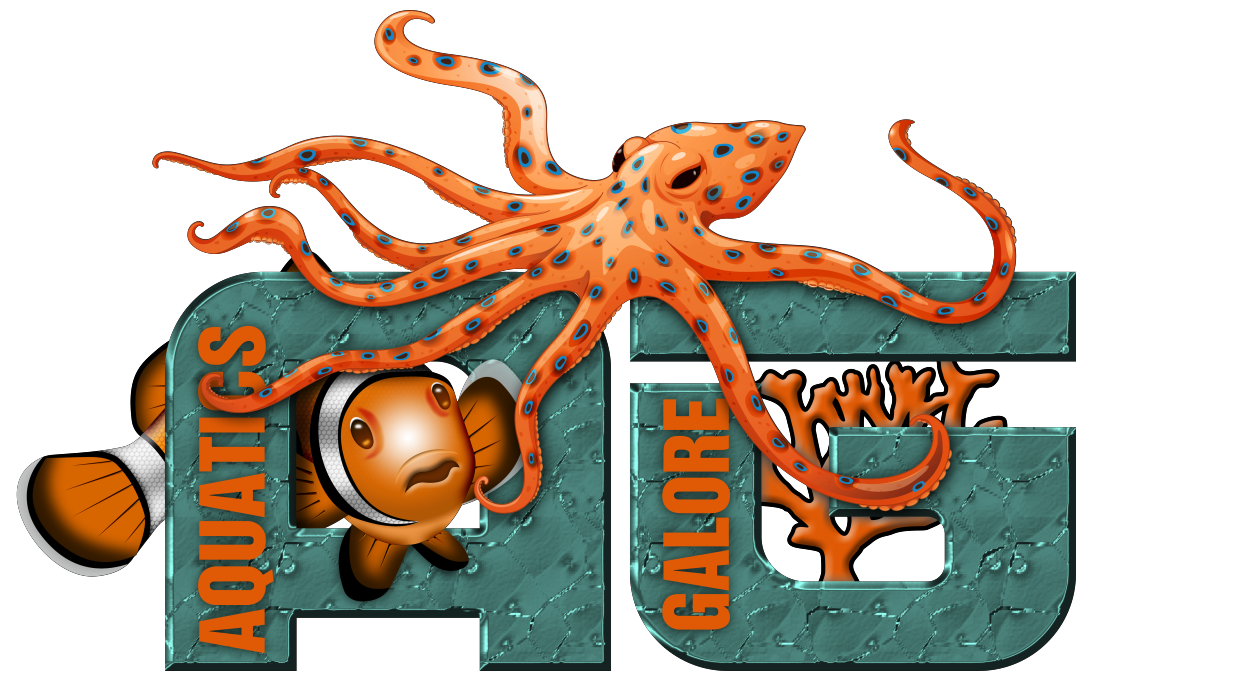I Bought A Tank. What’s Next?
Acclimating New Fish
When you introduce any fish to a new tank, it’s always important to acclimate them first. Here a step by step guide to help make your little guys transition to their new home as stress-free as possible.
- 1Turn off all of the tank lights, so it is as dark as possible. This will help the new guy feel much more comfortable, and will make the current inhabitants of the tank show less aggression.
- 2Place the (still) bagged fish in your aquarium for 15 minutes, so that the temperature in the bag will rise or lower to equal the temperature of the tank.
- 3After the water in the bag has had time to adjust to the new temperature, add a small amount of tank water to the bag. Repeat this step every few minutes until the bag is about 50% new water, 50%old. This will help your new guy get adjusted to the water in your tank without shocking him.
- 4Using a net, or your hand, scoop the fish out and add it to your tank. Never dump the bag of water into the tank- you never want to introduce foreign water to your system.
- 5If you have an aggressive tank, we suggest that you move some of the rocks around so that the fish who have been in the tank feel less territorial towards any new fish. As a tip ~ If you like how the tank looks, take a photo, and move the rocks back after a few days!


Feeding
Feeding is not as easy as just tossing in a few flakes and walking away. If done improperly, it can actually be very harmful to your tank, such as spiking harmful parameters. Because it is very common to overfeed tanks, we’re here to give you a few pointers on how to remedy that.
- 1Always know what your fish’s diets should contain. Tangs need a large amount of algae and greenery. Angels need meat and sponge, as well as algae.
- 2Feeding technique varies from tank to tank. A tank full of Triggers and puffers would require heavier feedings. A good rule of thumb is to always make sure you are feeding slowly enough that little to no food reaches the sand bed- this causes the Nitrates to go up in your tank, due to the uneaten food. It’s always a good idea to have at least one hermit crab per gallon of your tank, because any food that does get left behind will quickly be eaten up.


